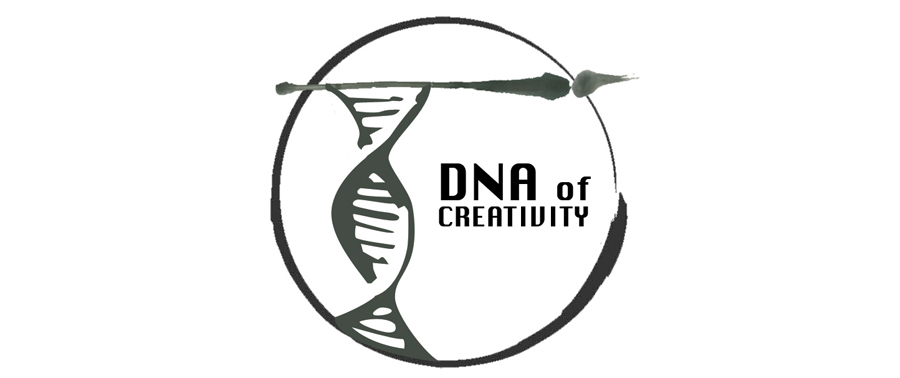TED speakers and prize-winners achieve online cult status when their short presentations become viral sensations. Dr. Charles Limb established himself as a member of TED's vaulted Hall-of-Fame when he proved to the online world that he could measure the brain activity of improvising musicians. At last week's "Art of Science of Learning" Conference at the Smithsonian Institution in Washington DC, Dr. Limb discussed his inspiration for scanning musicians in fMRI machines and the future direction of his research.
Dr. Limb is a saxophone player and a pianist who labels himself as a music fanatic. He is affable and sprinkles his presentations with humorous asides; "I belong to a frustrated class of writers, musicians and surgeons who are trying to better understand what happens in our brains when we produce art." He exclaims, "something like music and art is a whole brain activity. It suggests that from a cognitive perspective few things activate the brain entirely as much as music."
Dr. Limb started his talk with a quick overview of the history of music-making and brain scanning. The first Neanderthal bone-flute dates back to 43,000- 80,000 years ago, which proves that the desire to make music is fundamental to all humans. "Artistic creativity is a product of the brain," he says. "At a time when early humans didn't have record players, musical scores or songs to memorize, they likely improvised." Fast-forward 50,000 years to the Johns Hopkins University lab where Dr. Limb places musicians in fMRI machines; his subjects "play fours", or exchange improvised jazz riffs, inside the fMRI brain scanners.
An fMRI machine looks like a huge sun-tan bed enclosed in a bubble and is "noisy, magnetic, spatially restricted and ergonomically challenging, not like the Village Vanguard." In order to scan musicians' brains in the fMRI machine, Dr. Limb created a digital keyboard / computer interface (powered by MIDI) that allowed the subjects to keep their heads motionless while using their arms/hands to play the instrument on their thighs. They played along with Dr. Limb, who sat in a separate control room with another keyboard. Dr. Limb and his subjects first played memorized sections, and then improvised. He measured the fluctuations in their brain activity between memorized and improvised sections.
The brain scanner detects not only the relaxation of the brain, but measures brain activity where oxyhemoglobin has its oxygen utilized, which it then converts to deoxyhemoglobin. During musical improvisation, blood flows to the pre-frontal cortex, thereby setting off triggers in the machine and visual hotspots on data screens. Dr. Limb points to increased brain activity at the hotspots, and concludes that changes in activity in these areas are linked to specific regions of neural activity. He poses several questions to help push his research forward:
- Do mechanisms that underlie musical creativity generalize to other forms of creativity?
- What is creative genius?
- What factors disrupt creativity?
- Can creative behavior be learned?
Dr. Limb's study integrates art with science, which re-emphasizes the importance of uniting both fields in the laboratory, classroom and Capitol Hill.
Christoph A. Geiseler is a social entrepreneur, filmmaker and musician from Los Angeles. As the founder and executive director of the nonprofit MIMA Music, Inc., Christoph oversees the implementation of community impact programming in the United States, Europe and South America. The brainchild of his senior politics thesis at Princeton University (A.B. 2004), MIMA uses improvisational music making as a tool to empower people, train leaders and build stronger communities. For more information about MIMA, visit: www.mimamusic.org






